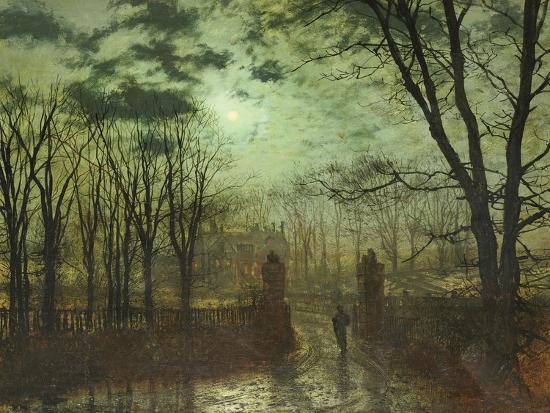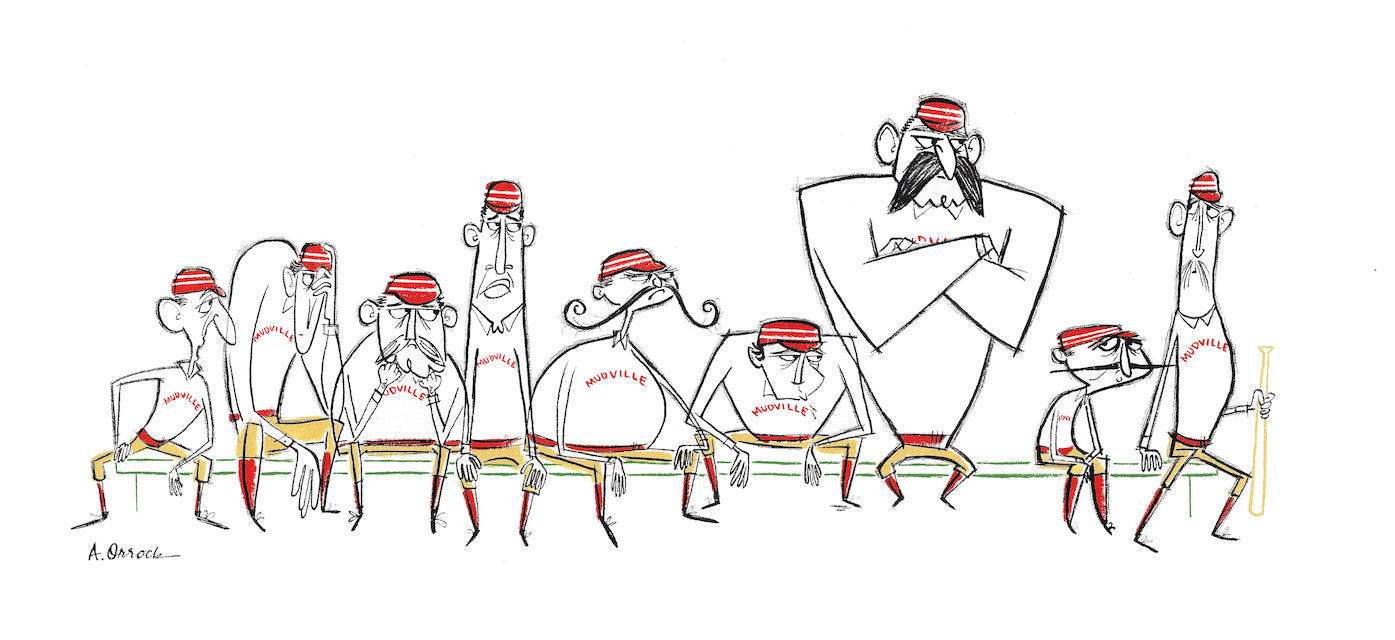
Casey in Ulalysium
In 2023, "Casey in Ulalysium" was nominated for the fifth annual Saturday "Visiter" Awards, a feature of the International Edgar Allan Poe Festival & Awards in Baltimore, Maryland, Oct. 7 & 8, 2023.
Now come the dreary days of October, when the hopes of the fans of 29 major league teams will ultimately be dismantled. Not today, though, approaching the 2021 playoffs, when hope still springs eternal for 12 teams! For the rest of us, already looking ahead to next season, and as Halloween swoops down upon us with ebon pinion, who better to address the grim afterlife of a baseball season than Edgar Allan Poe?

Daguerreotype photograph by Edwin Manchester, Nov. 9, 1848 Morgan Library and Museum
And yes, "base ball" was played during Poe's brief lifetime (1809-1849)--and even in the Elysian Fields--a venue in Hoboken, New Jersey where teams from New York City and Brooklyn often contended. Perhaps no other American poet could better articulate the gloom of a season "dreamed, dared, and dragged in the dust" than the author of such dark imaginings as "The Raven," "The Tell-Tale Heart," and of course, "Ulalume." It would be wrong to suppose (as I have) that Poe cloistered himself in shadows all his life--as Matthew Redmond reminds us, the young Poe was a "lively, charismatic, and intelligent boy...a strong swimmer and a natural at field sports [including] bandy, a form of ice hockey."[1]

The game of bandy as played in the English fen country. The young Poe played an American version of this game, a precursor of ice hockey
Ernest Thayer's "Casey at the Bat," in the opinion of Major League Baseball's official historian, John Thorn, is the most emulated (and therefore most parodied) American poem of the 20th century--though the ballad itself was written in 1888. (Thorn, by the way, states that Longfellow's "The Song of Hiawatha" was the most parodied poem of the 19th century--yet cannot have been far ahead of Poe's "The Raven" in my opinion!) Since the inception of https://caseyatthe.blog/ , whimsy led me to imagine the forms "Casey at the Bat" might have taken, if attempted by other bards and poets born or active in the 19th century, including Emily Dickinson, Walt Whitman, and even Robert Frost. In each case, I have tried to imagine the familiar poem framed within each poet's unique style, voice, and versification.
Admirers of Poe's astonishing originality will recognize the essential element of pathos present in Thayer's epic ballad. Pathos is experienced in some form during any baseball season by all fans and players of the game. As the season nears its end, autumnal gloom descends upon the hearts of fans whose teams will not prevail--or not even appear--in the playoffs. Thus I attempted the daunting project of placing the brooding, post-strikeout Casey within one of Poe's haunted landscapes.
As the following offering demonstrates, we may also find pathos (and perhaps even somber relief) in the fact that when the hour came round for The Mighty Casey to make his appearance in American newspapers and on the musical theater stage, Edgar Allan Poe himself had become tragically unavailable to welcome the Muse--or Muses--who would grace the Worcester doorstep of young Ernest Thayer in the early spring of 1888.

Poe in baseball uniform, courtesy of the creativity of Novel-T, whose website offers the unique Edgar Allan Poe baseball card displayed on a t-shirt! (The flip side displays a version of baseball Poe's most famous offering, "The Rookie.")
Casey in Ulalysium
The skies they were ashen and sober
The outfield was littered and sere;
It was late in a lonesome October
Of a most unremarkable year;
In a field on the outskirts of Mudville
Where the grasses lay dusted and sere,
Long past was the cheering of April,
And the crack of the bat on a sphere
Under skies where no cloud would appear.
Here once where we strode like the Titans
I wandered alone with my Soul--
With Psyche whose spirit embrightens
The clouds to roll back as a scroll;
Where memories nearly forgotten
Of contests begun--lost or won--
Are revealed for their deeds misbegotten
And exposed by the westering sun--
By the wearily westering sun.

Illustration by W. Heath Robinson (1872-1944)
Our colloquy there had been sober,
And our ponderings abject and sere;
I knew not the month was October,
Nor remember'd the day of the year,
When last where the green diamond glisters*
I brandished my bat at the plate,
Poised where the three spinning sisters
Wove their web on the loom of my fate--
On the implacable loom of my fate.
Then my Psyche uplifting her finger
Gave a warning I could not mistrust:
"Among these dark shades do not linger--
Of deeds dreamed, dared and dragged in the dust;
Let us flee from these precincts long haunted
By the gibbering ghouls in the gloom;
Depart from these meadows unvaunted
By their foul emanations of doom--
Their mephitic miasmas of doom.”

"At the Park Gate" (1878) John Atkinson Grimshaw (1836-1893)
"Stay!" I cried, "Do not disallow us
These scenes of our youthful delight--
When we warriors contested our prowess
In the gleam of a crystalline light--
Like Astur so bold and behelméd
Advancing with swaggering stride,
Toward that sanguineous bridgehead--
Though the gods told of what would betide,
Where the Tiber with scarlet was dyed."
 "Publius Horatius Cocles and Two Companions Defend the Tiber Bridge," Augustyn Mirys (1700-1790). This legend was popularized by parliamentarian and historian Thomas Macaulay in his 1842 ballad, "Horatius" -- which became known in the United States as "Horatius at the Bridge." "Casey at the Bat" was Thayer's contemporary version of the ballad, a misprision (or creative misreading, as Professor Harold Bloom termed it) of Macaulay's original.
"Publius Horatius Cocles and Two Companions Defend the Tiber Bridge," Augustyn Mirys (1700-1790). This legend was popularized by parliamentarian and historian Thomas Macaulay in his 1842 ballad, "Horatius" -- which became known in the United States as "Horatius at the Bridge." "Casey at the Bat" was Thayer's contemporary version of the ballad, a misprision (or creative misreading, as Professor Harold Bloom termed it) of Macaulay's original.
But her auguries would not be preempted:
Apprehensive she trod through the night;
In that yesteryear trial of my might;
Thus she summoned those sorrowing phantasms--
Ulalume, Annabel, and Lenore--
Who call from unbridgeable chasms
O'er the banks of the Stygian shore--
From the blackness beyond that far shore.
 "Among these dark shades do not linger..." Dante Gabriel Rossetti, illustrating Poe's "Ulalume" ca 1847-48
"Among these dark shades do not linger..." Dante Gabriel Rossetti, illustrating Poe's "Ulalume" ca 1847-48


Leave a comment
This site is protected by hCaptcha and the hCaptcha Privacy Policy and Terms of Service apply.